Exploring an abandoned hotel in Montenegro
/I had read about Kotor’s famed Old Town before our trip to the Montenegran seaside resort. It is one of the country’s biggest selling points when it comes to tourism.
The beautifully cobbled alleyways come together like a maze, spanning hundreds of metres of wanderlust-filled walkways and linking several squares and openings together like a perfectly-pieced puzzle.
There are plenty of shops, fantastic restaurants, a castle and a handful of cathedrals to be found, yet Kotor is more than just what is found inside the city walls.
That’s something I wasn’t allowed to forget. I’m an active traveller and love seeing sights and architecture, visiting museums and pottering around cities, just soaking in the culture. My girlfriend likes that too, but she’s more of a sunbather.
She’s a stickler for a shoreline, sun and sea, so I had to make sure to allocate some time alongside the Bay of Kotor.
We were staying in Tivat, another tourist resort along the bay which is relatively near Kotor. The bus there was slow. A ride which should have taken 20 minutes or so ended up being over an hour, with traffic, multiple stops to drop off and pick up passengers and single-lane roads to navigate.
The closer we got to Kotor, the slower the ride became. At the time it was frustrating. The sun was shining and we were in a metal can full of people. All the seats were taken, as was the available standing space.
It was hot and uncomfortable, although it was difficult not to find solace in the looks on people’s faces as the hourly service, with no room to take more people, drove past various bus stops.
But the slow nature of the journey did work out. As we approahced Kotor, I glanced out the window. What I saw was a grand building, and usually I wouldn’t take any notice. But this building looked different, and was surrounded by green link fencing.
What caught my eye was that the chains that were supposed to keep people out weren’t doing their job. Not that they were that secure or intimidating to begin with, but one had been pulled down and stretched, and the other formed an open gate which people were passing through with ease.
My interest was piqued. It’s not often I get a chance to explore somewhere like that in person. I’ve seen many abandoned buildings, theme parks and towns explored on YouTube, but this was an opportunity to get involved.
Next stop… Kotor
Shortly after driving past the hotel, the bus rolled into Kotor. We disembarked and began walking back towards the direction we’d just arrived from. It only took a couple of minutes and we were there.
As you would imagine, the Hotel Fjord wasn’t the most inviting of places. A greyed and worn arch greeted us, and we passed through the gate like the others I’d seen before.
Then we headed up the stairs and through two sets of glass doors, which I imagine at one time were automatic, but are now permanently open.
Welcome to the Hotel Fjord. Can I take your bags?
After entering what once was probably a nice hotel lobby, my girlfriend was quick to issue me with a warning about the broken glass and debris on the floor. I was only wearing a cheap pair of flip-flops, so the potential to cut my feet open was pretty darn high.
It was strange that this rather large hotel lay bare, but I found it even more obscure that I hadn’t found out about it during my pre-trip research. When I got home, looking up the story behind the Hotel Fjord was one of my priorities.
At one end of this particular inlet on the Bay of Kotor stands the Hotel Fjord. It opened in 1986 and was five-star accommodation. There were 155 rooms, restaurants, bars a conference centre and a swimming pool.
It remained open a year shy of two decades, closing its doors in 2005 following the Balkan Wars of the 1990s which weakened the economy of former Yugoslavian nations and subsequently resulted in less tourists visiting the area.
Following its closure, it has remained an abandoned for 12 years and become a temporary home to delinquents, so a litany of empty alcohol containers, syringes and used condoms would suggest.
Exploring abandonment
I almost felt that there would be something distinctly eerie about an abandoned building – regardless of what it was or where it lay. But it was an area in which Hotel Fjord failed to deliver.
Its prime location up on the hill overlooking the bay meant that it was well lit, even in its dilapidated state. Big gaps in the walls which once housed window frames now let light in untouched. Although not ideal as the sun starts to set, it does make it a safer place to roam in the day.
It was no surprise that most of the furniture had been removed, and I imagine this had been the scene for well over 10 years. Although the odd window pane and wardrobe remained, the only permanent fixture in each room and corridor was litter. It was obvious that squatter-types had spent many a night here, although to be fair it is a haven for the homeless, providing shelter from the elements.
The lobby was empty. Not even the barriers which would have formed a ground floor balcony were to be found. I carefully perched over the edge and looked down to find more rubble and loose wires.
I then ventured outside as the sun had come out to play, walking out onto the patio, whilst being careful not to stumble on or drop my iPhone down one of the cracks in the floor.
Surprisingly, the outdoor area was the best bit, and partially still in use. Down below the patio were two in-use clay tennis courts. We knew this as it was the only area that looked to have received any form of upkeep, and there were also people playing on it.
Even better was the view out over the Bay of Kotor. Montenegro’s coastline is stunning, and Kotor is all part of the theme. We looked out towards a Scandinavian cruise ship, perched on clear, blue seawater and surrounded by the breathtaking ruggedness of the Montenegrin mountains.
It was a shame we missed last orders by 12 years. A couple of chairs, a table and a mojito would have gone down quite a treat out there.
Next up, I took to the rooms. Each one looked fairly sizeable, and I wish I had been there before so that I could have had flashbacks and made comparisons. Instead, I had to use my imagination.
What I came up with was what I’d imagine a standard hotel would look like. A nice bed, a desk and a chair, an old-style television with a box on the back and a Soviet-filtered feel to the place.
Some of the rooms were better than others, with different room sizes and some with balconies. The rooms at the front of the hotel looked out onto the road, whereas the ones at the back overlooked the bay.
Although the mystery remained, it was cool to just be there and speculate what had been the hotel’s downfall. I suggested a large debt and involvement of crime by the previous owners, although I was a little bit off the mark.
The future of Fjord
The hotel is now owned by former Irish banker Michael Fingleton, who reportedly paid over €5 million for it in 2006. The takeover was supposed to be part of a redevelopment project which would have made it into a luxury five-star resort.
In 2013 he told the local mayor that he intended to pursue the redevelopment, yet almost five years later it still remains a non-starter.
Although Hotel Fjord could entice tourists and add to the industry that currently exists, as it stands it attracts a different crowd and makes Kotor stand out that little bit more.








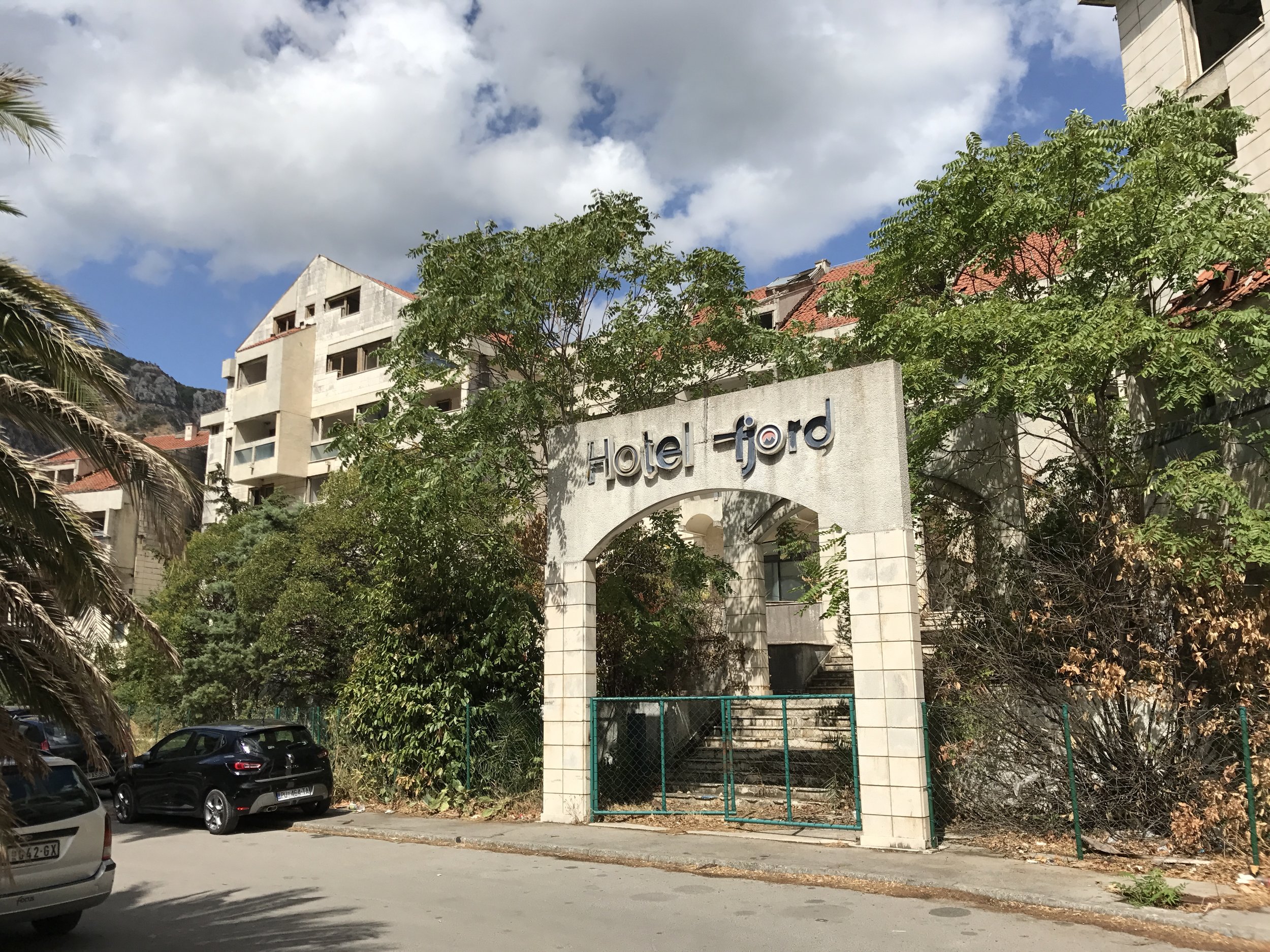






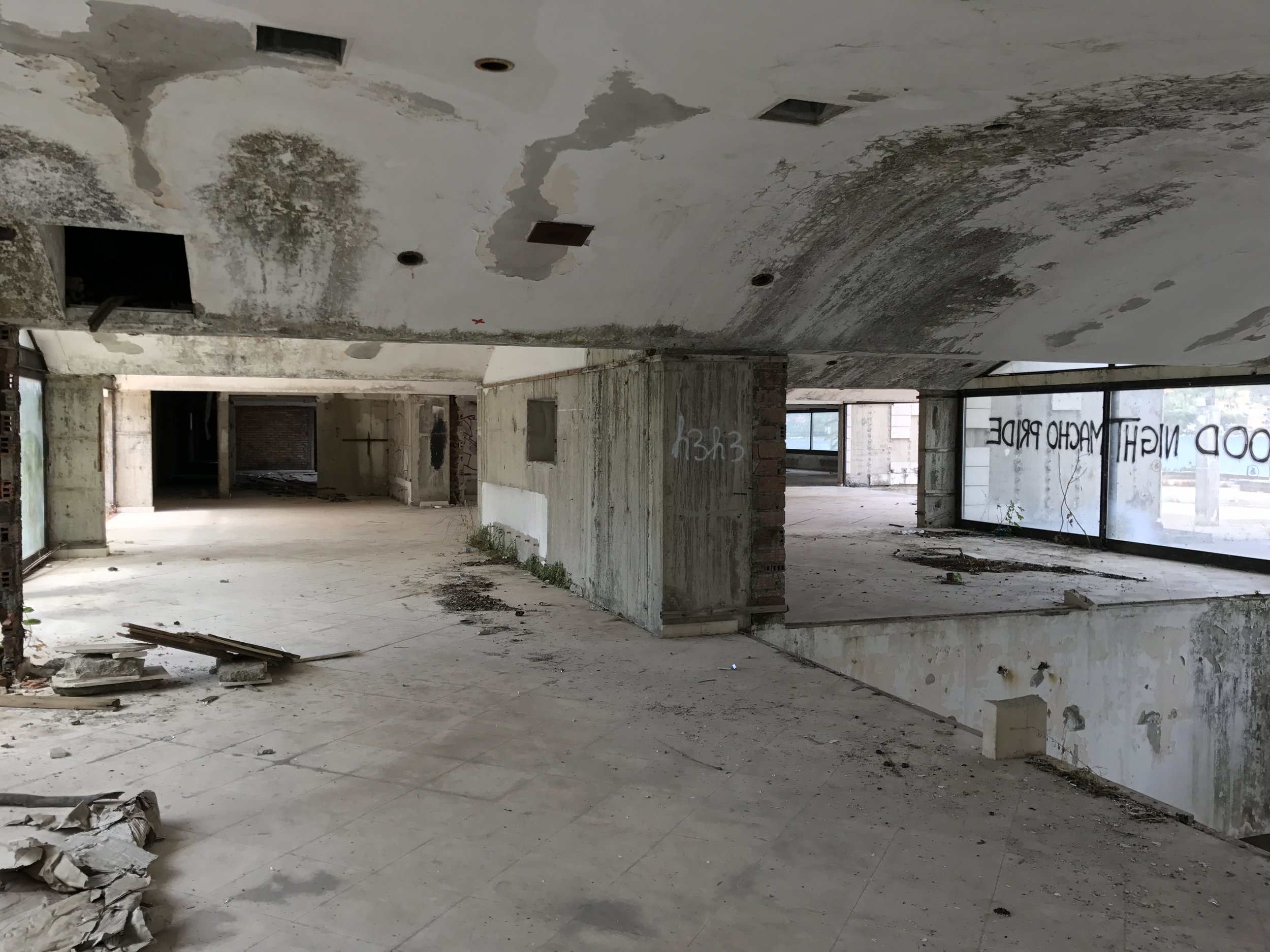







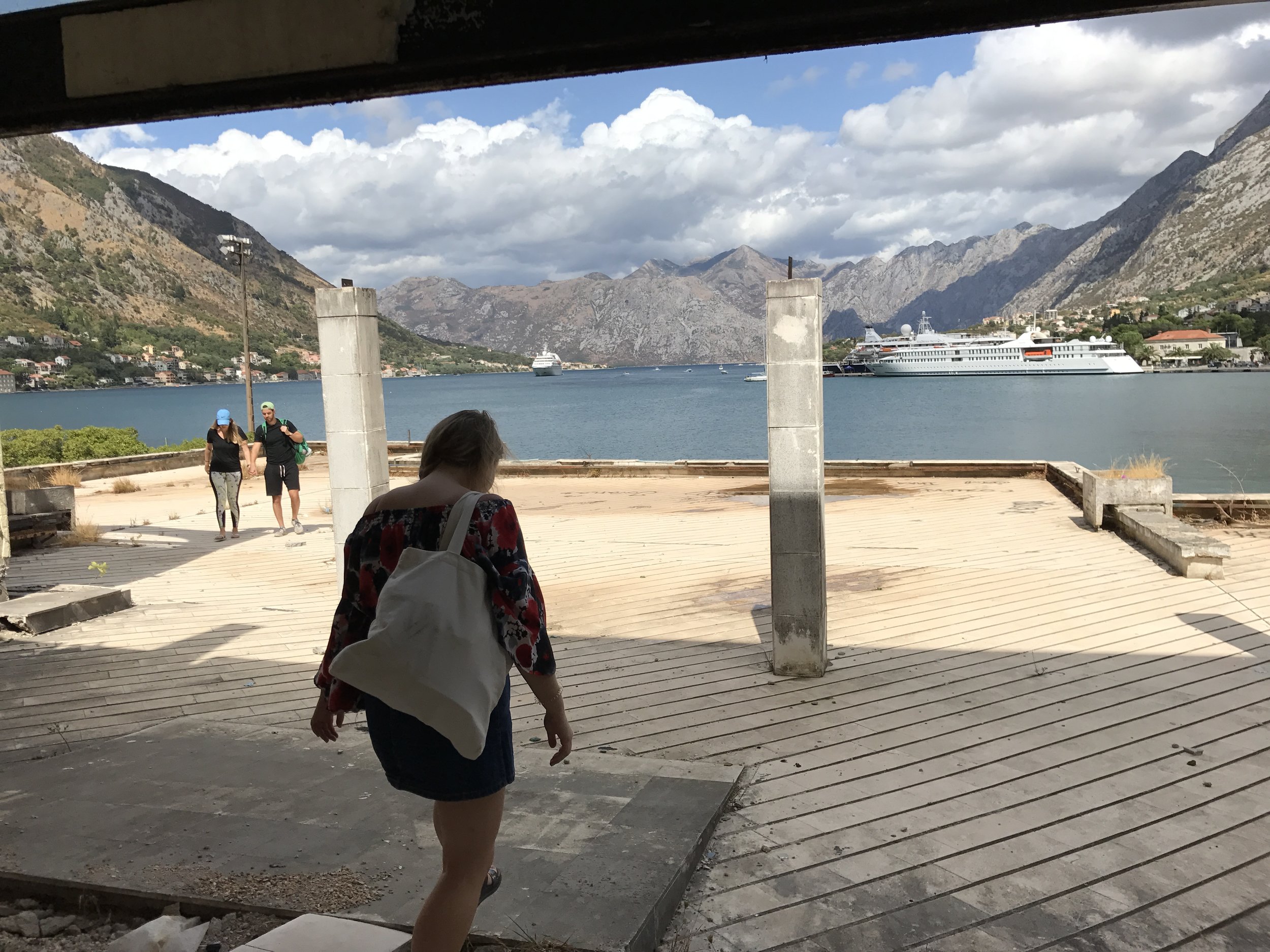




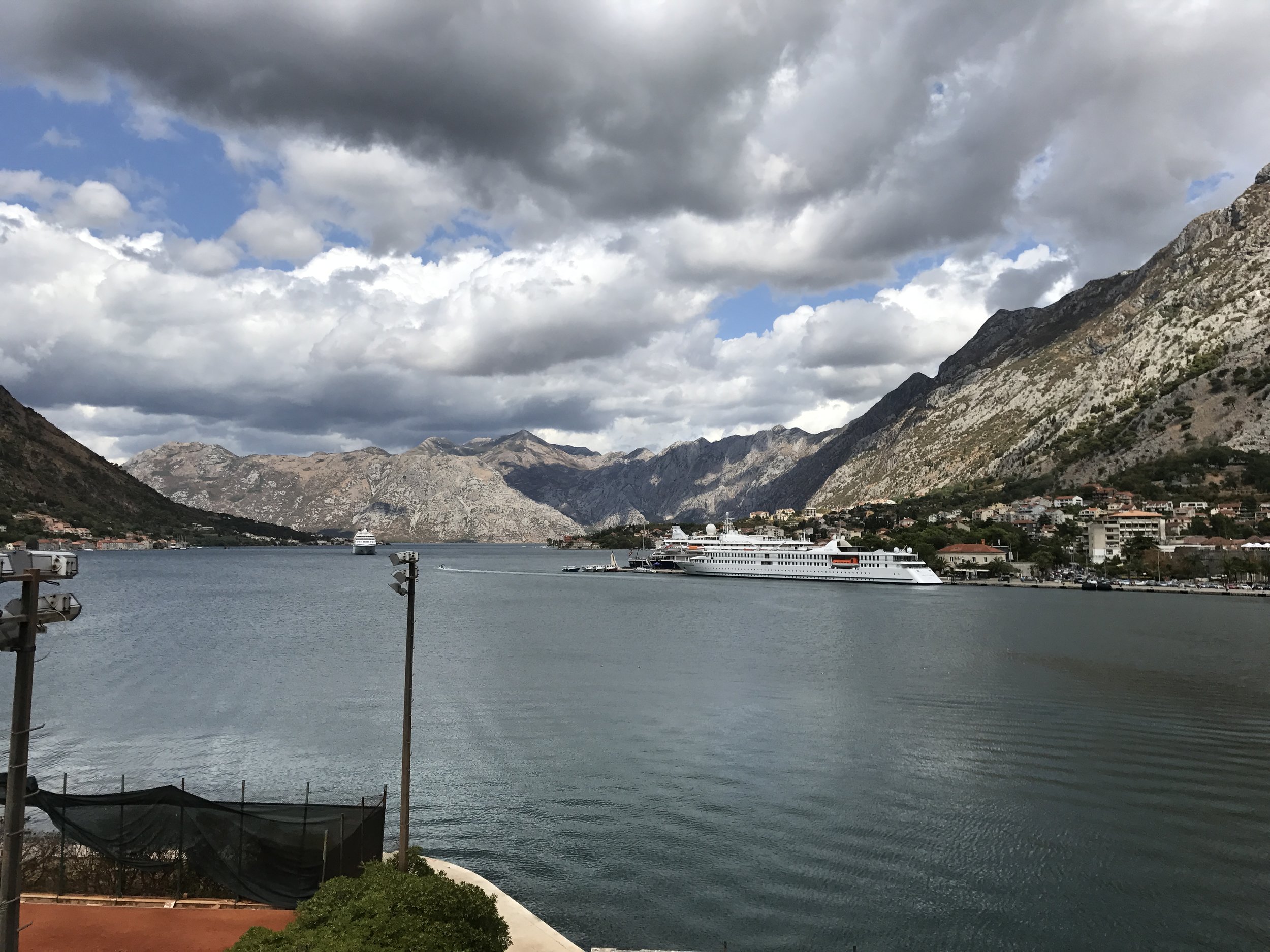
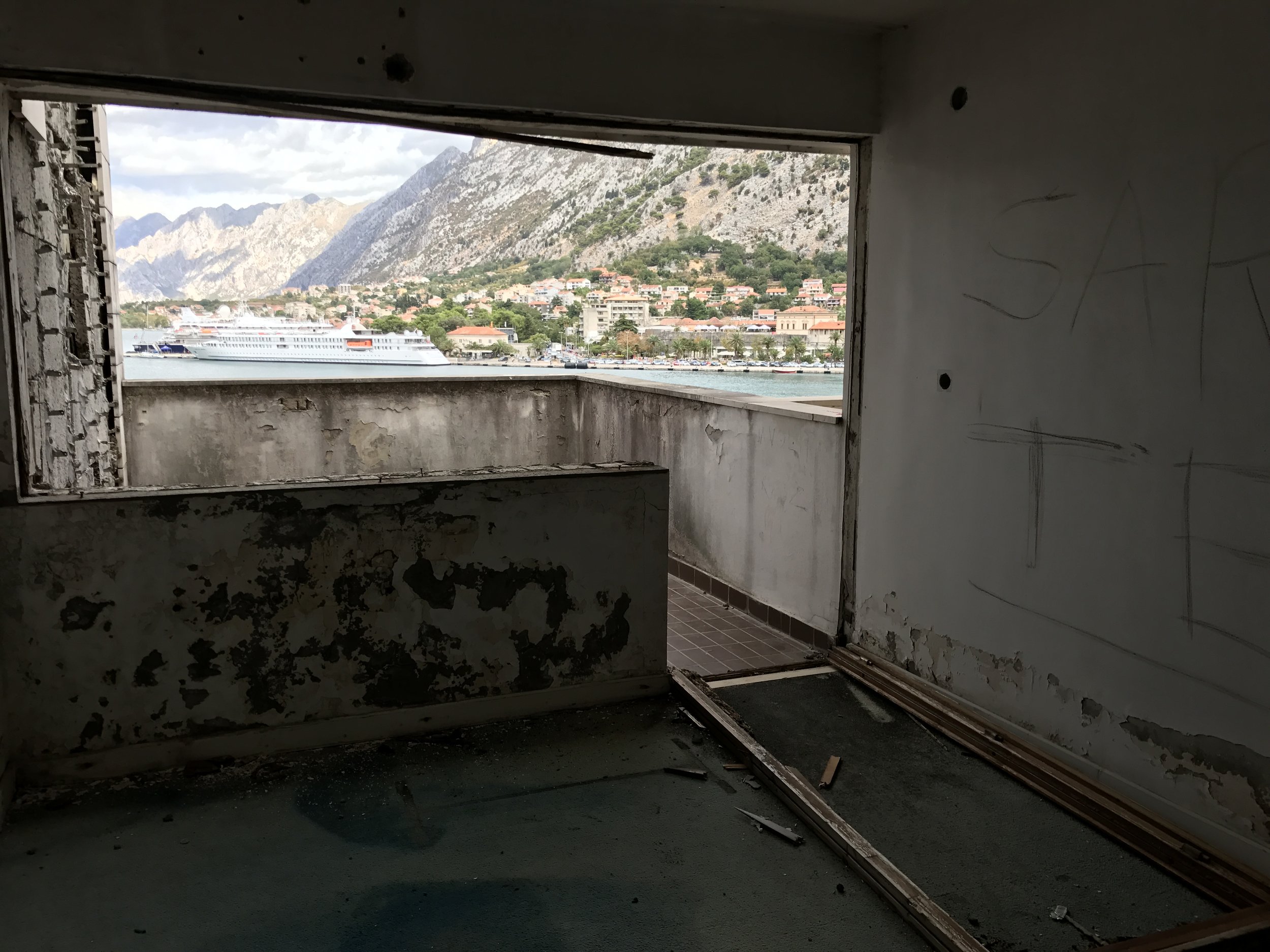




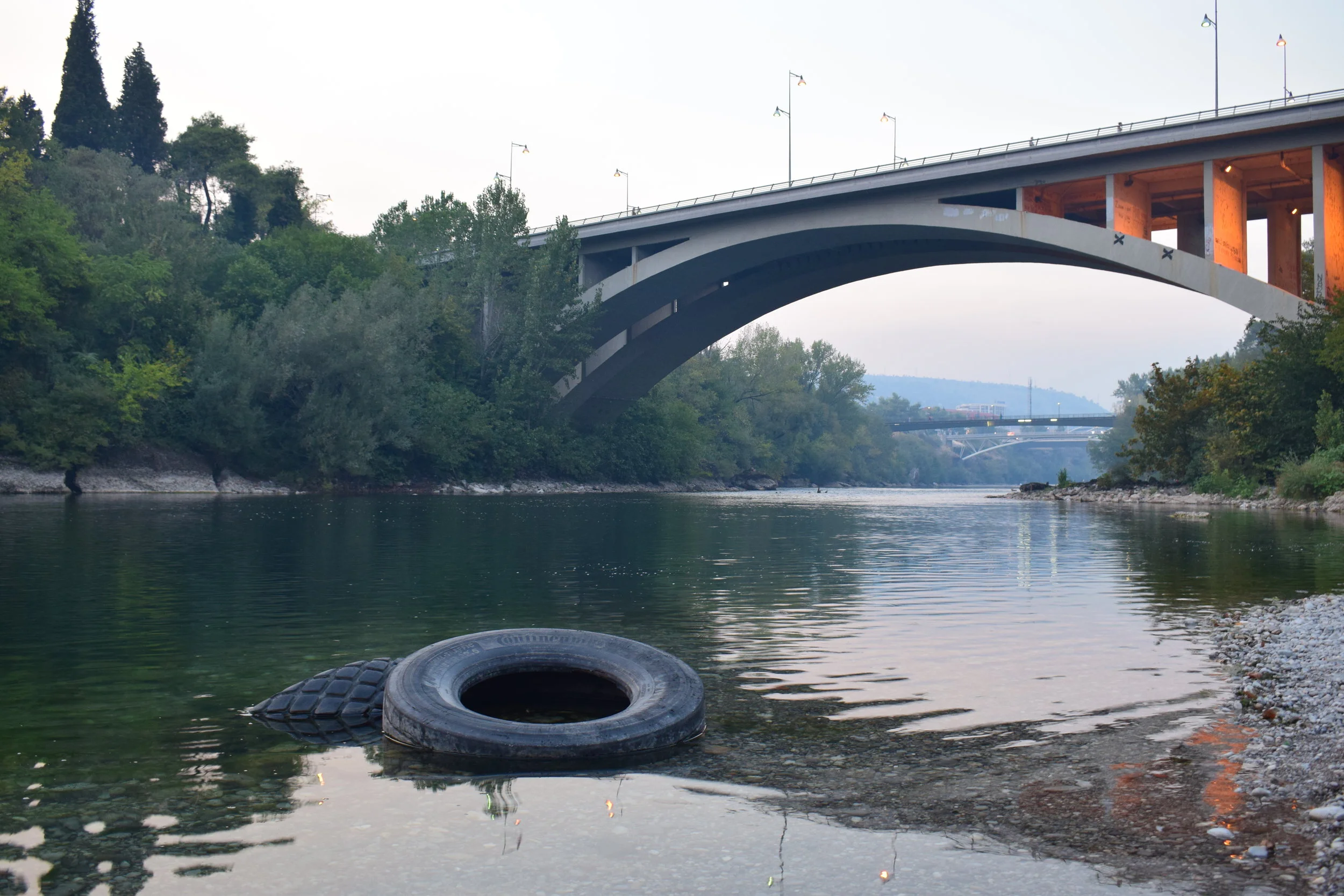











Every travel destination has its redeeming features, but some are truly amazing. Here are five extraordinary places that completely wowed me – from Iceland to North Korea.